The Party's strategic vision: Opening a sea route to support the South
After the Geneva Agreement in 1954, the US imperialists broke their commitments, divided our country, and turned the South into a new type of colony and military base. Faced with that situation, the Party Central Committee soon determined that in order to protect the revolutionary achievements and carry out the mission of liberating the South, we could not rely on a peaceful solution but had to be prepared for a long-term struggle by the path of violent revolution.
In May 1959, following the directive of the Politburo , the Central Military Commission decided to establish the Research Department for Military Support Operations for the South, opening a comprehensive support strategy to serve the cause of national liberation. On May 19, 1959, the Special Military Task Force - the predecessor of Group 559 - was established, opening a transport route across Truong Son to bring weapons, equipment and forces to the South.

After the historic victory of Dien Bien Phu, the Geneva Agreement on the armistice in Indochina was signed. On October 10, 1954, the troops of the Vanguard Corps - Division 308 entered the capital from the city gates to liberate it - marking the successful end of the 9-year resistance war against the French, full of sacrifices and hardships. Photo: VNA file
However, due to the rugged terrain and strict enemy control, the road transport route encountered many difficulties. Faced with this reality, the Party Central Committee proposed the policy of opening a sea transport route to increase support for the South. This was a strategic decision, demonstrating the Party's far-sighted vision in organizing forces, making the most of the advantages of terrain and geography to serve the resistance.
After a period of research, testing, experience and careful preparation in all aspects, on October 23, 1961, the General Command decided to establish Military Transport Group 759 (the predecessor of today's 125th Naval Brigade), officially opening the strategic transport route - Ho Chi Minh Trail at sea.
Group 759 was tasked with purchasing vehicles and organizing the transportation of weapons to the southern battlefield by sea. Along with that, it was necessary to research and improve the means of transport to suit the operating conditions at sea, ensuring the element of secrecy and surprise in the face of enemy blockades. At the same time, it organized and trained the transport force of officers and soldiers, ensuring the ability to respond to complex situations at sea, even when detected and pursued by the enemy.
The establishment of Group 759 was an important turning point, marking the birth of the Ho Chi Minh Trail at sea, one of the strategic transportation routes with great influence in the resistance war against the US to save the country; at the same time, it was also a breakthrough step, demonstrating the initiative and creativity in Vietnamese military art.

Ship HQ-505, the only ship that did not sink because Captain Vu Huy Le decided to let the ship "land" on Co Lin Island after being set on fire by enemy ships, on March 14, 1988, became a living sovereignty landmark of Vietnam. Photo: Dinh Tran - VNA
Respond promptly to support needs during the most intense stages of the war
The Ho Chi Minh Trail at sea consists of 5 routes with a total length of nearly 12,000 nautical miles (more than 22,200km), connecting the great rear in the North with the great front line in the South, providing direct support to the most distant and difficult battlefields such as the South, South Central and coastal areas of Zone 5.
With its unique natural conditions, this transport route helped transport a large volume of weapons, ammunition, military equipment, and supplies to the South, providing important resources for decisive military campaigns. In particular, the sea route promptly met the need for support during the most intense stages of the war, when transport by land encountered many difficulties.
Not only transporting weapons and technical equipment, the sea route also plays an important role as a bridge to bring cadres and soldiers from the North to the South to fight. The additional troops have strategic significance, helping to maintain the battle situation and create an active position on the battlefield. Especially, during the period when the resistance war in the South encountered many difficulties and shortages, the Ho Chi Minh Trail at sea helped transport weapons and equipment to areas far from the rear, deep in the enemy-occupied areas, ensuring that the army and people of the South continued to fight, attack and win.
From the initial military sea transport force consisting of only 38 officers and soldiers as the core, after a period of operation, the force has developed into a transport brigade with an increasing number of soldiers and increasingly high qualifications. From primitive wooden ships operating near the shore, the force has built modern iron-hulled fleets, capable of operating far from shore for long periods of time. The military transport soldiers skillfully take advantage of international shipping routes and neighboring countries' waters to move, using astronomical navigation methods for orientation. At the same time, they flexibly blend into coastal fishing fleets, bringing the ships to safe harbor.
During 14 years (1961-1975), military transport units on the Ho Chi Minh Sea Trail overcame countless hardships and sacrifices, faced strict blockades and fierce enemy attacks, organized hundreds of ships to set sail, reached their destination, and promptly provided human and material support to the southern battlefield during the most difficult years of the resistance war. Each trip was a tense and fierce battle of wits with the enemy and with nature. They were ready to sacrifice their lives, ready to detonate the pre-arranged explosives to destroy the ship and cargo, to protect the secrecy of the route, the ship and the wharf. Many outstanding sons of the Fatherland heroically sacrificed themselves, stayed with the sea, and transformed into water waves.

In 1989, the Navy's military transport force, including Brigade 125, successfully completed eight trips to transport Vietnamese volunteer soldiers from Cambodia back to Vietnam, ensuring absolute safety for people and vehicles. Photo: VNA
Thus, along with the Ho Chi Minh Trail on land, the Ho Chi Minh Trail on sea transported hundreds of thousands of tons of weapons and goods, and tens of thousands of cadres and soldiers from the large rear in the North to support the large front in the South. Although the amount of weapons and goods transported by the Ho Chi Minh Trail on sea was small compared to the amount of goods and weapons transported via the Ho Chi Minh Trail on land, it had great significance and value in many aspects, demonstrating the strategic military ideology, especially the creativity, will and revolutionary actions of the times, suitable to the situation and practical conditions of our country's resistance war at that time.
The Ho Chi Minh Sea Trail is a vivid testament to the indomitable will, sharp intelligence and solidarity of the Vietnamese people in the struggle for independence and national unification. The valuable lessons learned from this legendary trail remain valuable, becoming the driving force for today's generations to continue to firmly step forward on the journey of building and developing the country.
On November 26, 2024, Prime Minister Pham Minh Chinh signed a decision to rank the Ho Chi Minh Sea Trail as a special national monument. This is not only a tribute to those who contributed and sacrificed for the cause of liberating the South and unifying the country, but also contributes to spreading patriotism, arousing national pride, and extending the glorious historical source of Vietnam.
Minh Duyen/VNA
Source: https://baotanglichsu.vn/vi/Articles/3097/75291/50-years-of-unification-of-the-country-with-the-ho-chi-minh-tren-bien-minh-chung-song-djong-cho-y-chi-quat-cuong-cua-dan-toc-viet-nam.html





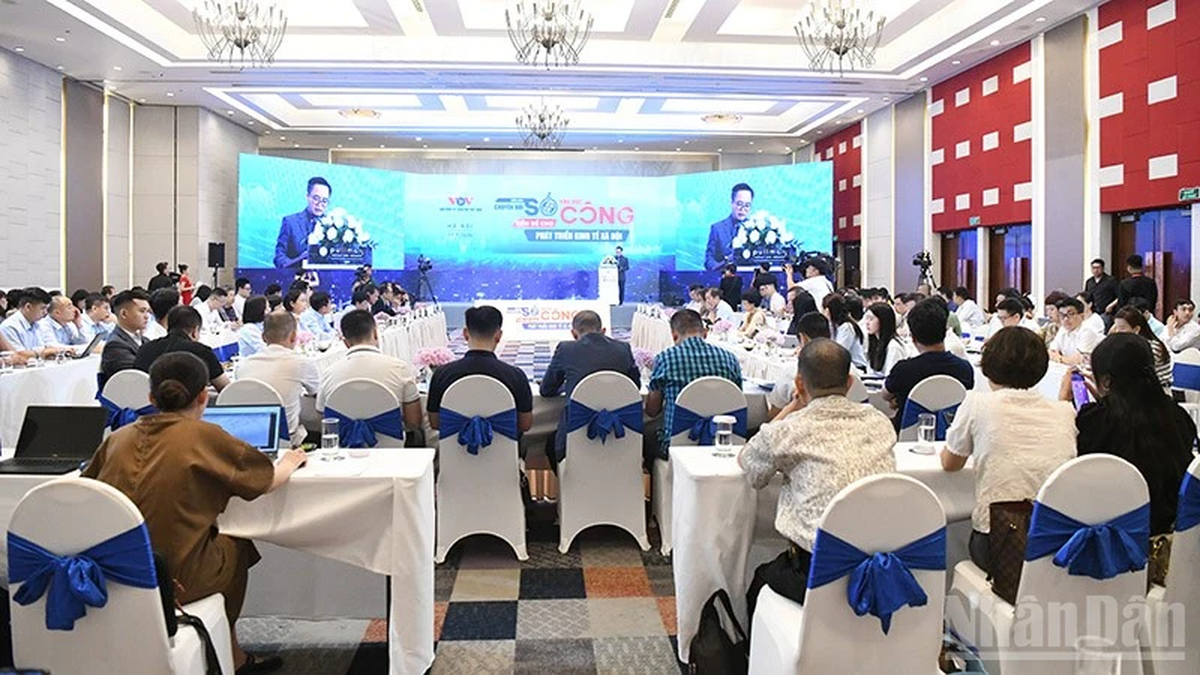

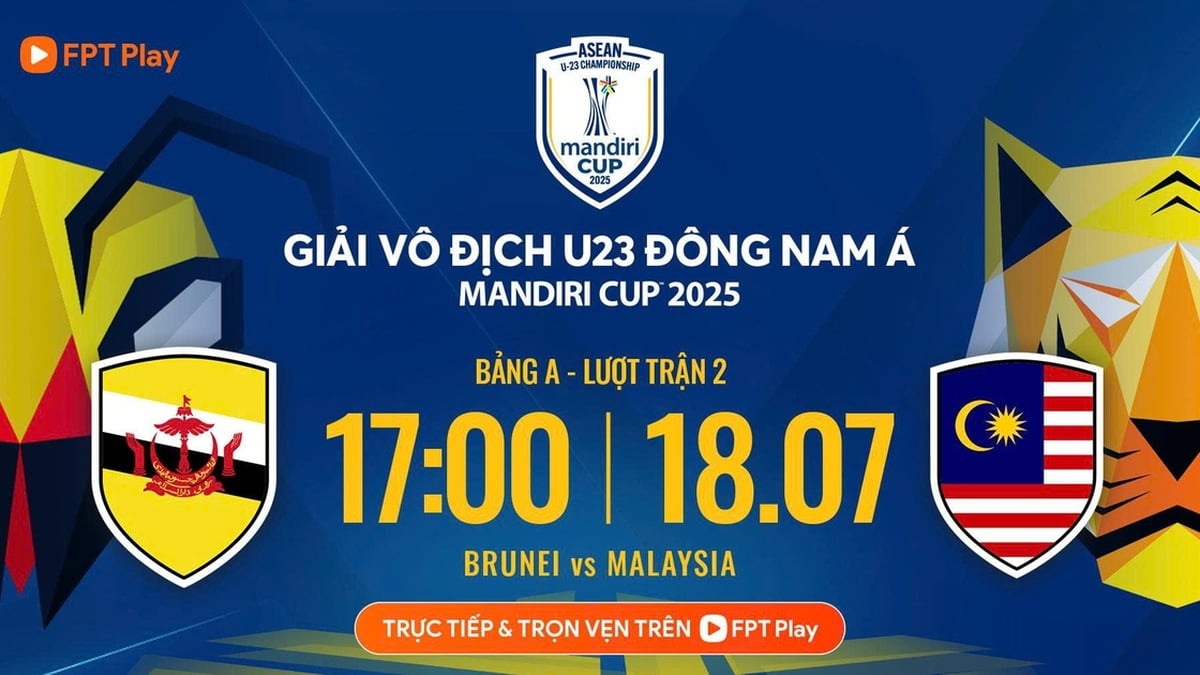

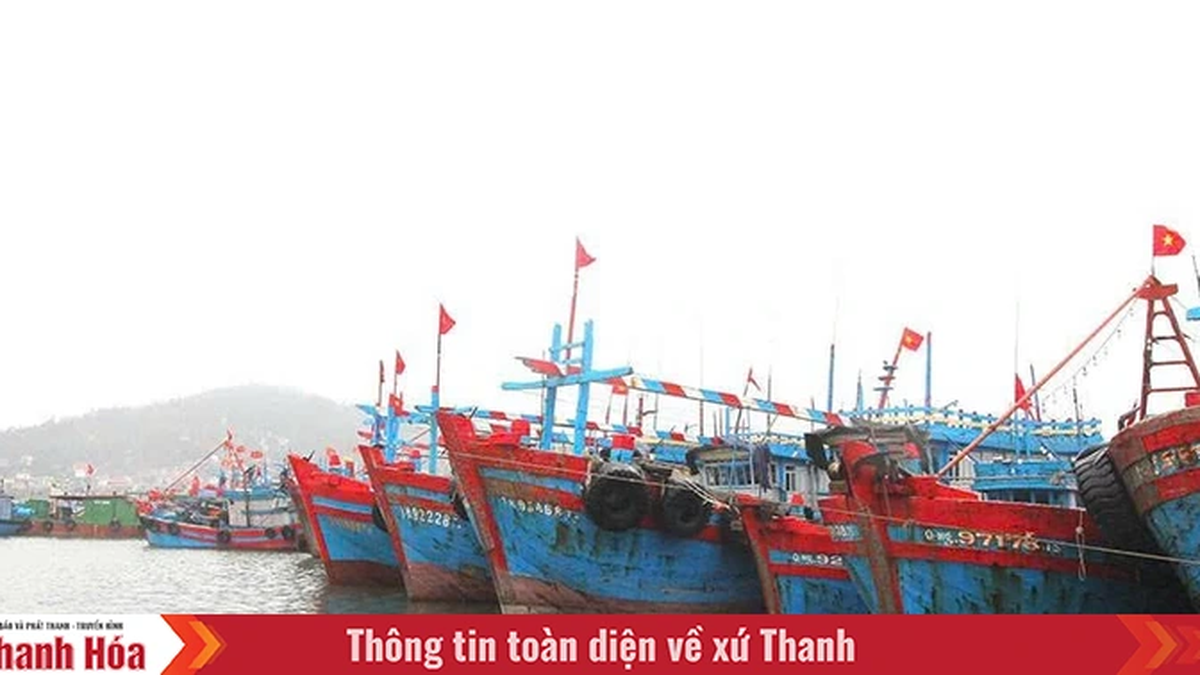
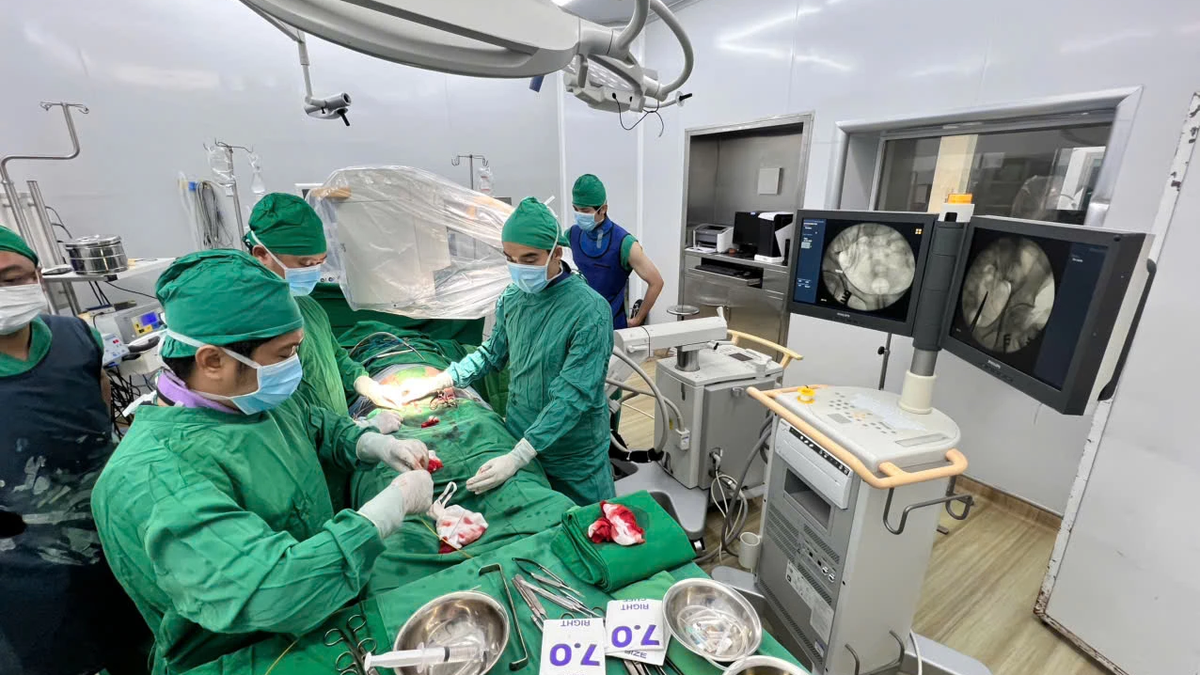





















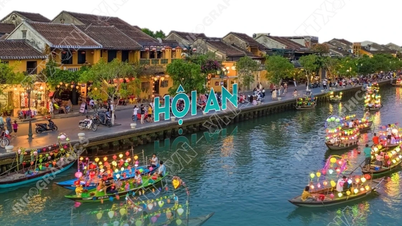



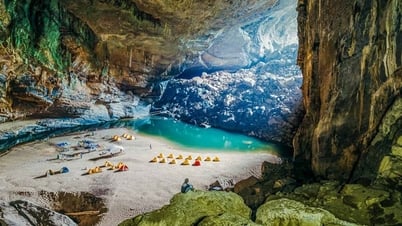
















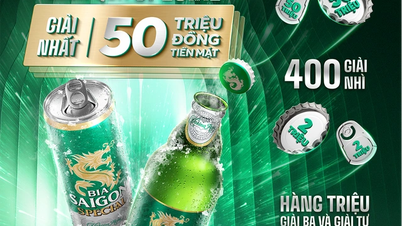
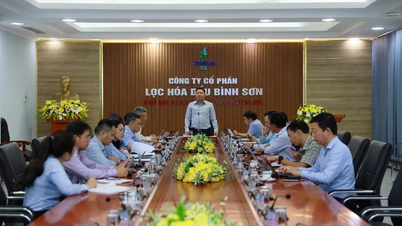
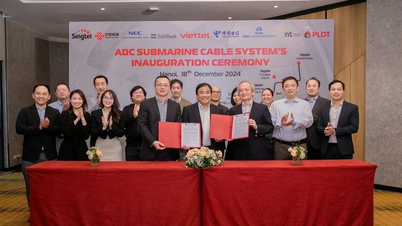




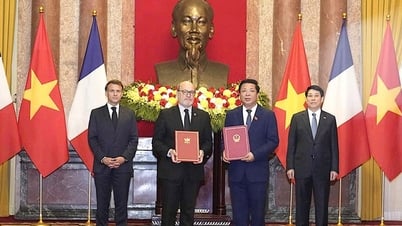





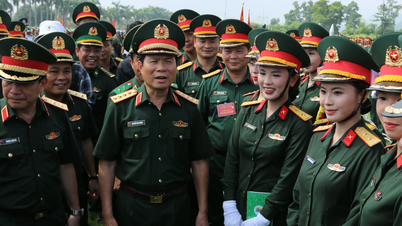

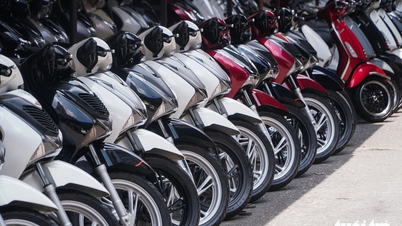
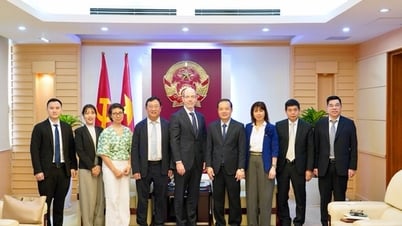

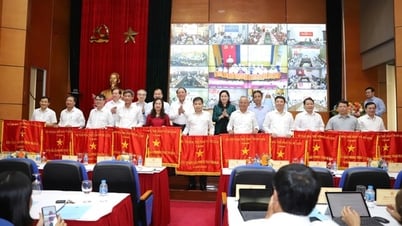

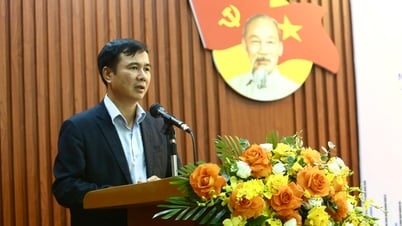

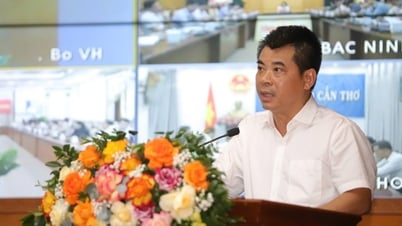
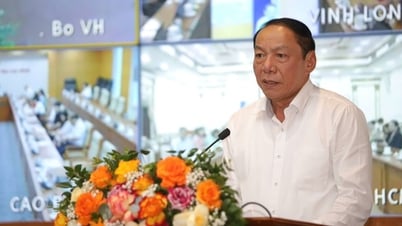







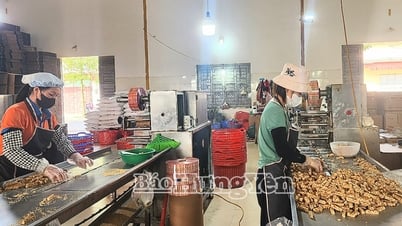











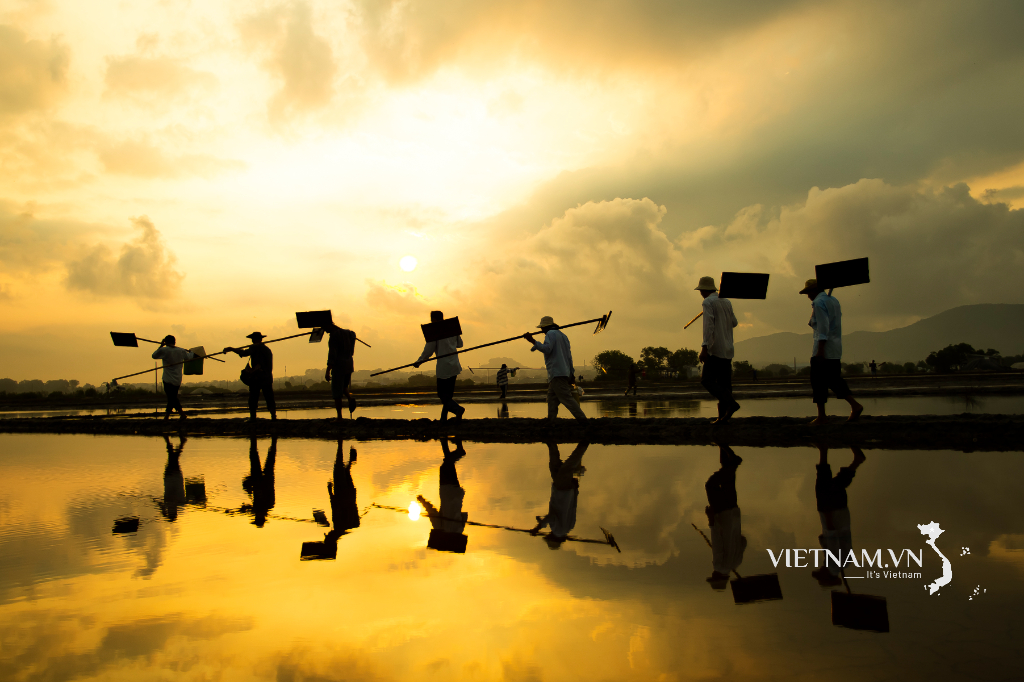



Comment (0)